This site is part of various affiliate programs. Links may give us a small compensation for any purchases you make, at no additional cost to you. Please read the disclaimer policy for full details.
If you don’t have the time to go through the entire article, then the G2 has interchangeable lenses, superior autofocus, superior shutter mechanism, and superior burst rates. But it costs twice as much as the T2.
The T2 is the cheaper, simpler, lighter, smaller, and more portable fixed lens point-and-shoot camera.
As you are probably aware by now, even though digital cameras have taken over mainstream photography, film is still quite prominent. Many photographers love that film look. Others love the process of shooting film. The nostalgia is quite strong there.
Like film, the nostalgia for vintage film cameras from any era is quite strong. After all, you need a camera to shoot those film rolls, don’t you?
Back in the day, photography (on 35mm film) was split mainly in two directions: SLR and Rangefinder. Like today’s DSLR and Mirrorless cameras, each had its own perks. One is chunky and reliable, and the other is small, sleek, and packs a punch.
Well, if you are into rangefinders, you’ve probably heard of Contax cameras, produced by Kyocera. They were quite advanced rangefinders and are still quite sought after today.
In this article, we will take a look at the pro point and shoot T2 versus the pro-oriented G2.
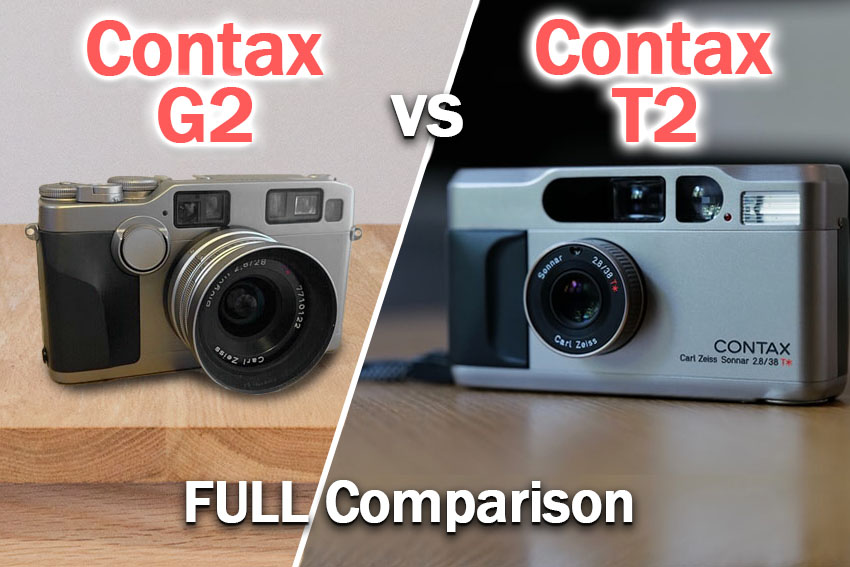
Contax T2 Overview
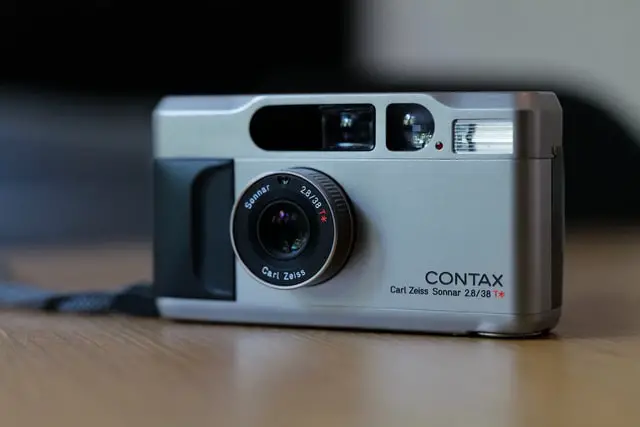
Features
- Film: 35mm, DX ISO 25-5000, Non-DX Default ISO 100
- Lens: Carl Zeiss T* Sonnar 38mm f/2.8
- Aperture Range: f/2.8 – f/16
- Shutter Speed: 8s – 1/500s
- Exposure Compensation: +/- 2 EV in ½ EV Steps
- Size: 119x66x33mm
- Weight: 296g
Back in 1990, Kyocera released the T2 as a successor to the already popular T1. There were plenty of improvements over the older model, which made this camera quite desirable. It had quite a steep price tag, aiming at the more luxurious market and pro photographers.
The Carl Zeiss T* 38m f/2.8 retractable lens, in combination with the titanium casing and robust build, made this camera stand out from the competition. That makes for a small, lightweight, relatively pocketable camera that can produce stunning photos.
At 38mm, the lens is quite versatile. It can work well for portraits but for landscapes too. It is a useful focal range for street photographers as well.

Add autofocus and an autoexposure system, and you have quite a powerful little camera in your hands.
The autofocus is rudimentary for today’s standards, but it was more than enough back then. It is a simple IR lamp system where the camera shines an IR lamp and measures the time it takes to see the IR light reflected back.
Using that time delay, it moves the lens to the position already preset from a table programmed in the camera. It sounds complex, but it is quite simple, really.
Nevertheless, the AF system did the job, with some quirks here and there.
The aperture priority, in this case, couldn’t be used when the lens is wide open, which is weird. You’d have to close down the aperture to f/3.5 to use aperture priority. At the end of the day, no camera is perfect.
Pros and Cons
- Pros:
- Excellent retro design that is highly sought after.
- Incredibly tough due to the titanium build.
- It produces sharp photos with the Carl Zeiss Lens.
- Features both automatic mode and aperture priority mode.
- It has a built-in flash.
- Cons:
- You can’t use f/2.8 in aperture priority.
- The camera can inconsistently display the shutter speed and aperture readouts in the viewfinder.
- No phase detection autofocus.
Contax G2 Overview
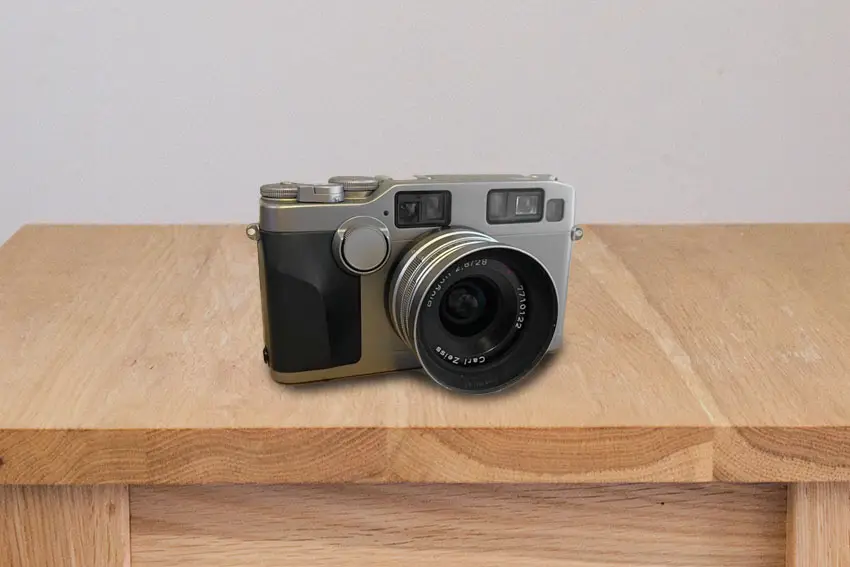
Features
- Film: 35mm, DX ISO 25-5000, Non-DX Default ISO 100, Manual setting between 6 and 6000.
- Lens: Interchangeable lenses. Comes with a 45mm f/2 Carl Zeiss T* Planar lens.
- Aperture Range: f/2 – f/16
- Shutter Speed: 16s – 1/6000s in auto and 4 – 1/4000 in manual.
- Exposure Compensation: +/- 2 EV in ½ EV Steps
- Size: 139x80x45mm
- Weight: 560g
In 1994 Kyocera released the G1, and just two years later, it released the successor, G2. The G system was intended to build upon the T system by making the camera as sophisticated as possible, allowing for as much flexibility as possible while maintaining the cool titanium look and the compact rangefinder size.
The G2 features quite an advanced autofocus system for its age, combining Phase Detection and IR triangulation as separate systems working together to achieve quick and accurate autofocus. Just like the T2, it has autoexposure and aperture priority.
Unlike the T2, the G2 is a camera with interchangeable lenses. All of the lenses available for the G2 are Carl Zeiss T* ones. That means zero compromises in quality, regardless of the focal length. Before Kyocera gave up on camera making, there were a total of seven lenses for the G line, ranging from 16mm up to 90mm, and a zoom lens in between.
The G2 stylistically is a bit more complex looking than the T2, but it still keeps that retro titanium look that Contax cameras are known for. It is titanium built and finished, which makes it quite tough and durable. All the lenses were made in both the champagne titanium or black titanium finishes to match the finishes on the Contax G1 and G2.
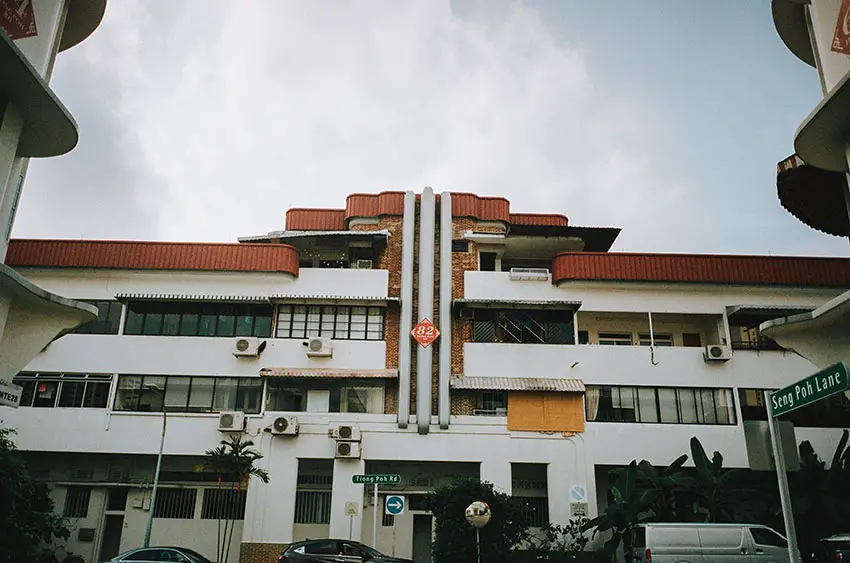
Of course, the G2 wasn’t without its quirks. For example, manual focusing is done via a weirdly positioned dial, and the viewfinder can be small and dark for some. On the other hand, the viewfinder automatically zooms in for each lens installed if the lens is 28mm or longer.
Pros and Cons
- Pros:
- Beautiful retro design.
- Titanium build makes it super tough.
- Interchangeable lens mount.
- Carl Zeiss T* Lens is incredibly sharp.
- Viewfinder zooms in for all lenses that are 28mm or longer.
- Features aperture priority mode.
- It has quite an advanced autofocus system for its time.
- It can focus track and shoot 4fps bursts for the action photographers out there.
- Cons:
- It doesn’t feature a built-in flash.
- The viewfinder can be small and dark for some users.
Contax T2 vs G2 Comparison
Now that we have gone through the brief overviews of both cameras let’s see how they compare against each other.
Not all features can be compared side by side, but we will go through everything important so you can better understand which camera will work better for you.
Lens Quality
The Contax T2 has a great lens, to begin with, and the Carl Zeiss T* Sonnar 38mm f/2.8 is great and plenty sharp. It renders colors well but suffers from some vignetting on the sides which sometimes can be distracting.
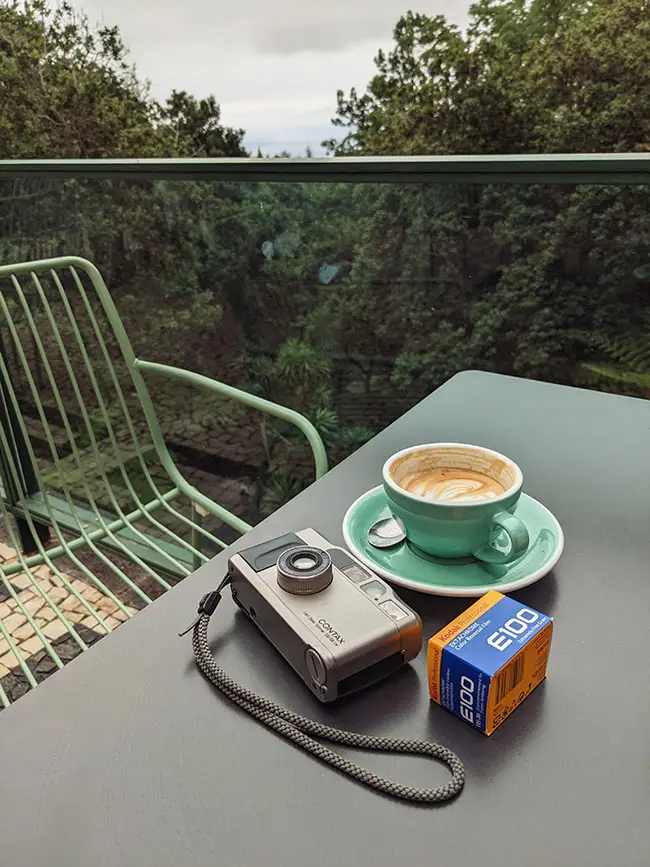
On the other hand, the G2 has interchangeable lenses, meaning that there are seven different lenses you can choose from. All of them are Carl Zeiss T* lenses, and all of them are great. The 35mm f/2 is the softest of the bunch, but it is not soft by any means. It is just that the other lenses are exceptionally sharp.
Side by side, one can compare the 35mm lens from the G2, with the 38mm lens on the T2. In this comparison, the G2 lens is f/2, meaning it will let in more light, thus you’ll be able to get sharper photos in low light.
On the other hand, the lenses on the G2 are bulkier than the fixed lens on the T2.
So, if you want interchangeable lenses with faster apertures, you’ll have to deal with the G2 lenses being bulkier. Otherwise, if you want compactness, then the fixed lens on the T2 is the better choice.
Autofocus
Both cameras feature autofocus, which is great. However, their systems are vastly different.
The T2 uses a rudimentary active system by flashing an IR lamp and waiting to see the light, then using the delay to set the lens to a preset distance. That system works well for subjects that are closer to the camera, but it can be overwhelmed by stray IR light as tungsten lamps produce for example.
On the other hand, the G2 uses phase detection which is implemented by two CCD sensors placed on the sides of the lens. The CCD sensors compare what they see between each other, and use that information to drive the lens until what they see is the same.

That system is assisted by an IR triangulation system so the IR system gets the lens quickly in the roughly accurate focus, and then the phase detection fine-tunes it to perfect focus.
All in all, the T2 autofocus depends on the IR lamp, while the G2 has a more sophisticated system with two different methods of focus achieving faster and more accurate autofocus.
Shooting Modes / Usability
Both cameras operate in a similar fashion when it comes to taking pictures. However, there are some differences.
The T2 can be completely automatic, meaning it can choose the aperture and shutter speed itself, while the G2 can’t choose the aperture itself. So with the G2, you have aperture priority, while with the T2 you have aperture priority and full auto.
The T2 has a built in flash without flash power control, meaning that the camera controls the flash power by closing down the aperture. The G2 doesn’t feature a built in flash, but you can mount a flash like the TLA200. The G2 allows for manual flash control.
If you want to shoot continuously, then the G2 offers up to 4fps in continuous shooting. The T2 does single shots only.
In the case of the T2, when in aperture priority mode, you can’t use f/2.8. In manual mode (or full auto), if the lens is set to f/2.8 the fastest shutter speed is reduced to 1/200. That is due to design limitations, where the lens aperture also acts as a shutter.
The G2 has a shutter mechanism on the film plane and doesn’t suffer from limitations like this. Due to the common shutter mechanism, the G2 can achieve much faster shutter speeds of up to 1/6000. A significant improvement over the 1/500 on the T2.
All in all, the T2 is much more limited in most of the settings, except that it has full auto mode.
Style and Design
Design from the aspect of aesthetics is subjective. What one person considers good-looking might be quite ugly to another person. That said, both cameras have a great design. But depending on what you like, one might look better than the other.
The sheer amount of features packed in the G2 means that it will have a bit more complex-looking design, while the T2 is much more minimalistic looking.
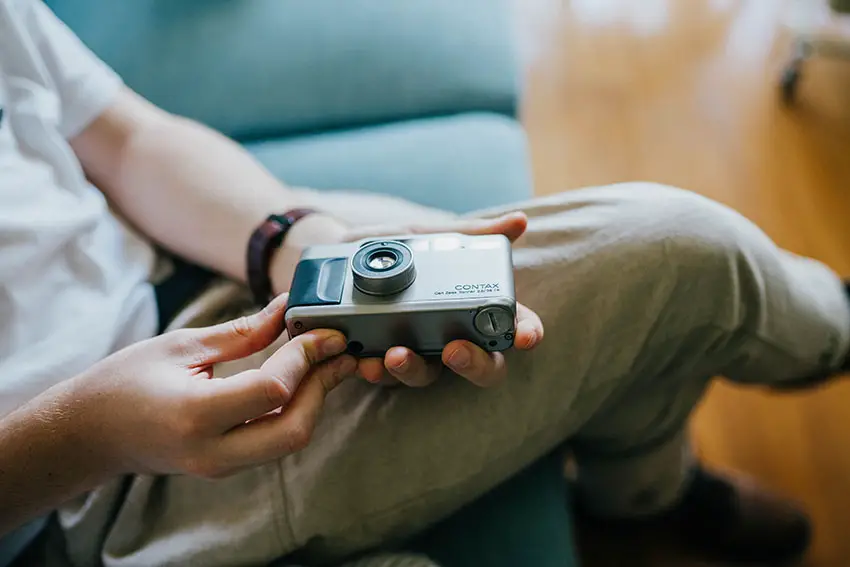
Simply put the G2 is more of a fully functional camera that can pass as a stylish accessory, while the T2 can easily be considered a stylish accessory with a pretty capable camera inside, if that makes sense.
Weight-wise, the T2 is much lighter than the G2. It weighs half of what the G2 weighs without a lens. It is a fair bit smaller too, meaning that the T2 is much more portable than the G2.
The G2 is not a big camera in itself, but the T2 has a retractable lens, and that makes it more pocketable and inconspicuous.
Price
This is probably the most painful part of this article. Both of these cameras, even though vintage, hold a fairly high price.
As of the time this article is written, a near mint T2 will set you back around $1000, while a near mint G2 with the 45mm lens will set you back $1900. That is a significant chunk of change for cameras that old. A 3 lens set with the G2 is more than $2500.
So the T2 is the “budget” option in this comparison, but even though the G2 is more expensive, it provides many more features.
Contax T2 Photo Examples
Contax G2 Photo Examples
Which is the Better Option Between the Contax G2 vs T2?
Both cameras belong to different categories, the Contax T2 is a very capable point-and-shoot camera, while the G2 is a very capable pro-level rangefinder camera with interchangeable lenses. So there is no clear winner here, it all depends on what you need and the size of your budget.
In terms of raw performance, the G2 is a clear winner, since it allows more flexibility, decent lens selection, superior autofocus, 4fps burst speeds, higher maximum shutter speeds, and so on.
On the other hand, in terms of portability and simplicity, the T2 wins, since it is cheaper, simpler to use, weighs less, and it has a smaller footprint. Also, costs half of the G2 with a single lens.
So the choice will fall upon you, and your needs.

Contax T2

Contax G2
Read More:


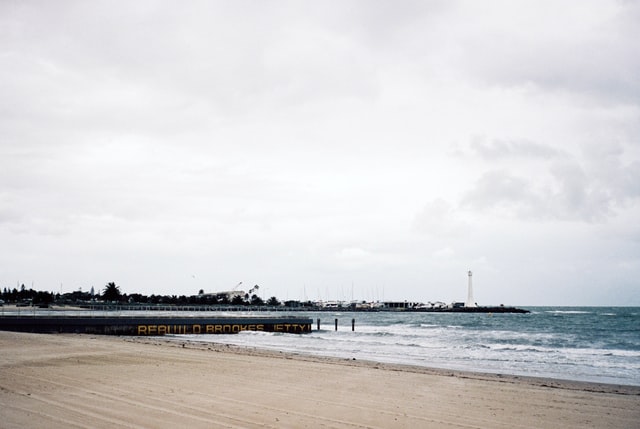

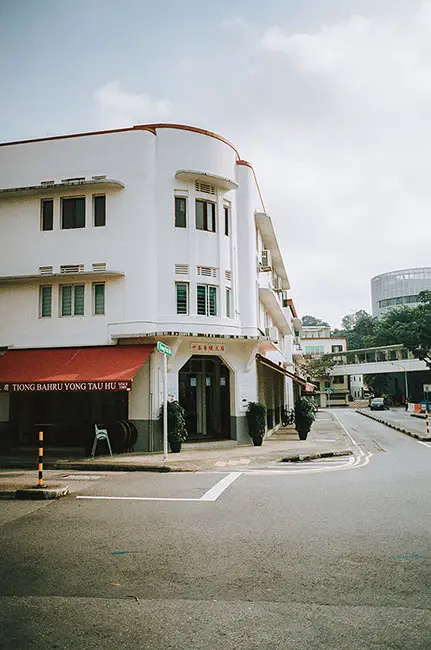
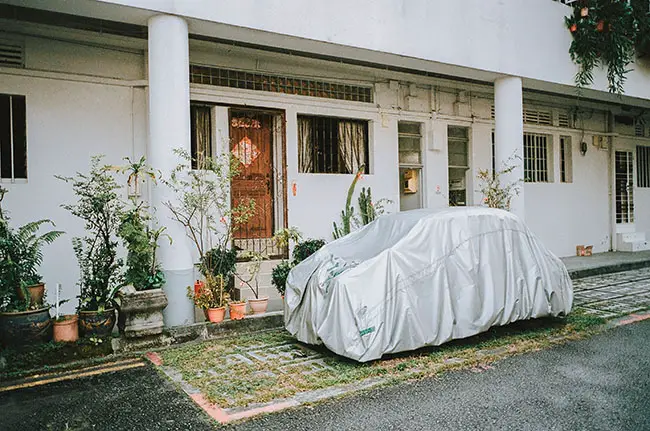

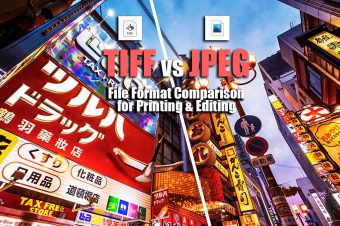

![[SOLVED] Toshiba Fire TV Horizontal Lines on Screen](https://www.lapseoftheshutter.com/wp-content/uploads/2021/10/toshiba-fire-tv-horizontal-lines-on-screen-340x226.jpg)
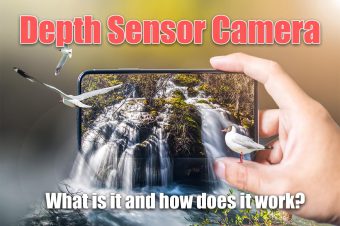

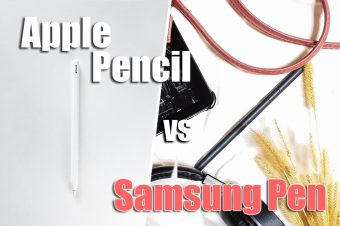
Leave a Reply